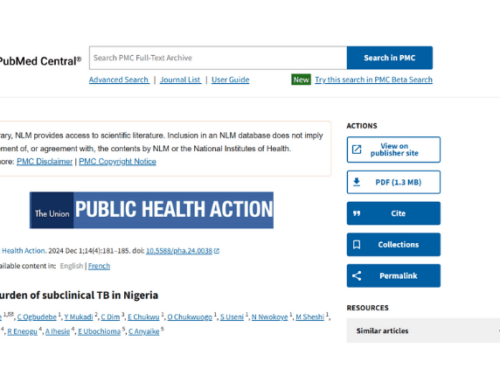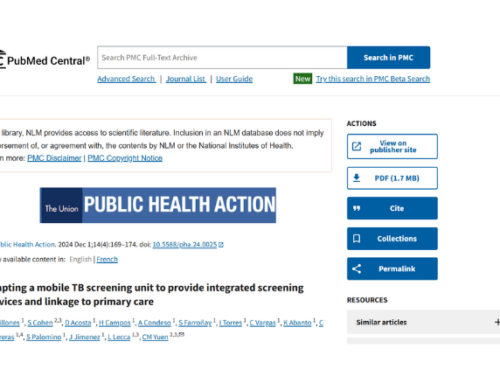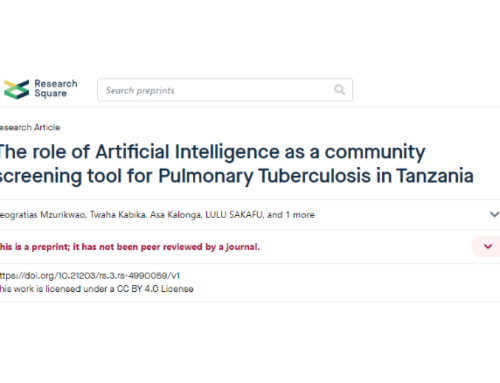Improving TB control: efficiencies of case-finding interventions in Nigeria
🔗2023
🔗Journal/Publication: Public Health Action
🔗Read it in full version: https://doi.org/10.5588/pha.23.0028
Abstract
SETTING: KNCV Nigeria implements seven key TB case-finding interventions. It was critical to evaluate the efficiency of these interventions in terms of TB yield to direct future prioritisation in the country.
OBJECTIVES: To compare the efficiency of active case-finding (ACF) interventions for TB in Nigeria.
DESIGN: Data from the 2020–2022 implementing period were analysed retrospectively. Intervention efficiencies were analysed using the number needed to screen (NNS), the number needed to test (NNT) and the true screen-positive (TSP) rate.
RESULTS: Across the interventions, 21,704,669 persons were screened for TB, 1,834,447 (8.5%) were presumed to have TB (7.7% pre-diagnostic drop-out rate) and 122,452 were diagnosed with TB (TSP rate of 7.2%). The average TSP rate of interventions that used both the WHO four-symptom screen (W4SS) and portable digital X-ray (PDX) screening algorithm was significantly higher (22.6%) than those that employed the former alone (7.0%; OR 3.9, 95% CI 3.74–3.98; P < 0.001). The average NNT for interventions with W4SS/PDX screening was 4 (range: 4–5), while that of W4SS-only screening was 14 (range: 11–22).
CONCLUSIONS: Interventions using the PDX in addition to W4SS for TB screening were more efficient in terms of TB case yield than interventions that used symptom-based TB screening only.



